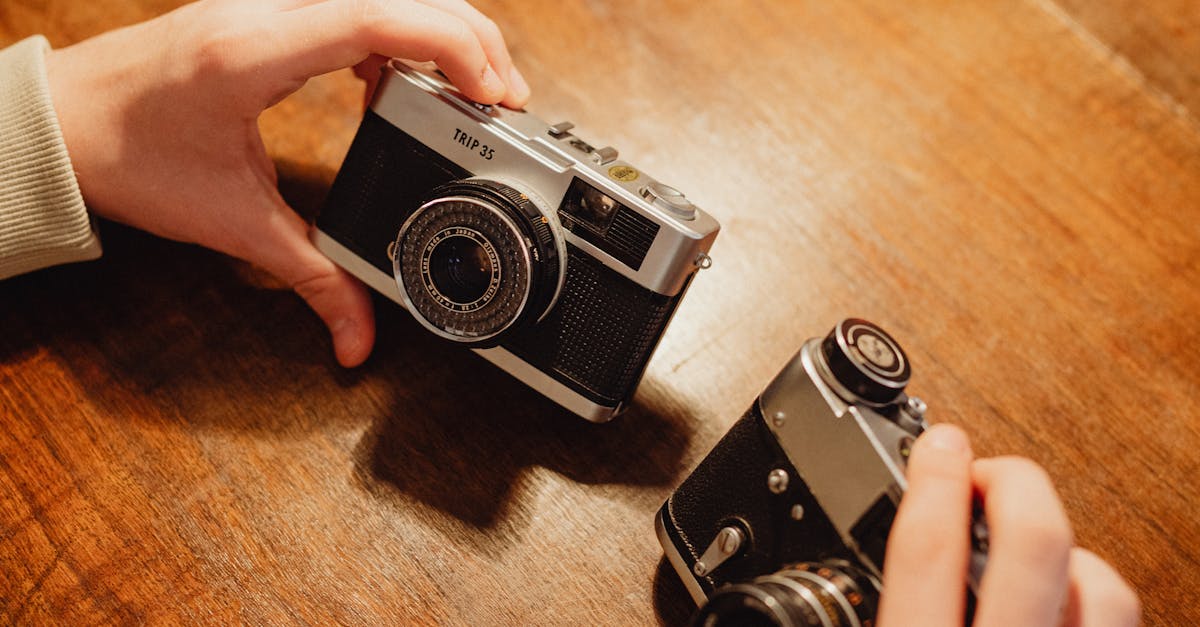
Ensuring Accuracy in Drain Camera Calibration
Comparison of Crawler Drain Cameras to Other TypesTable Of Contents2024-06-18
, and connectors can help prevent issues that may lead to inaccurate calibration results. Additionally, storing the equipment in a clean and dry environment can prolong its lifespan and ensure consistent performance.Crawler drain cameras are renowned for their exceptional clarity and precision when it comes to inspecting drains and pipelines. The high-quality imaging produced by these cameras allows for detailed examination of the interior conditions of pipes, identifying blockages, leaks, or other issues with accuracy. The
In addition to regular cleaning, proper storage is crucial for preserving the functionality of the drain camera. The device should be stored in a dry and cool environment to prevent any damage from moisture or extreme temperatures. It is also recommended to use a protective carrying case to shield the drain camera from any potential impact or accidental damage when not in use. By following these cleaning and care practices diligently, technicians can prolong the lifespan of their drain camera and maintain the accuracy of its calibration.